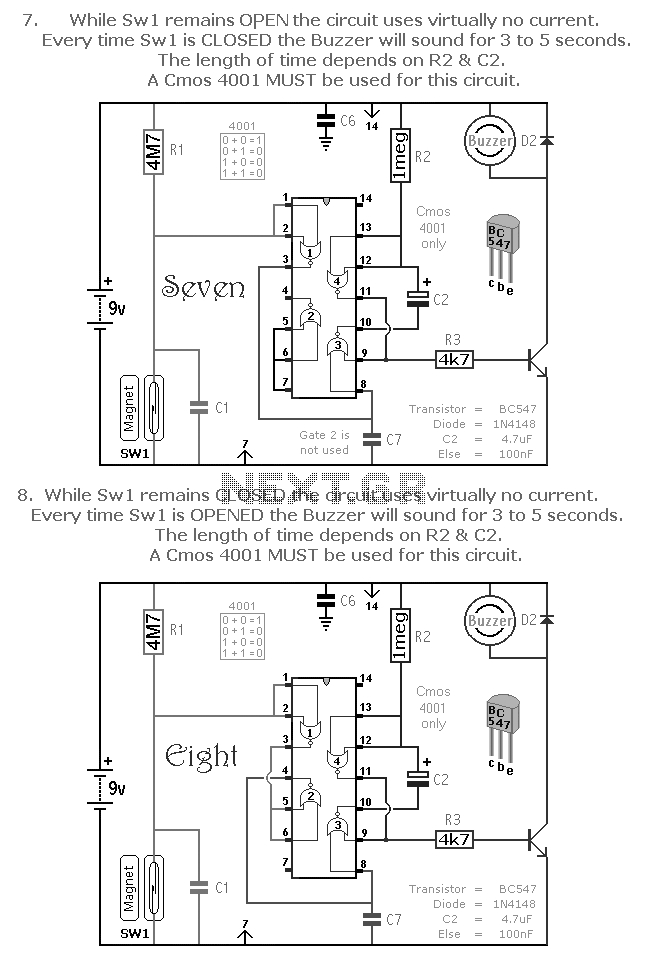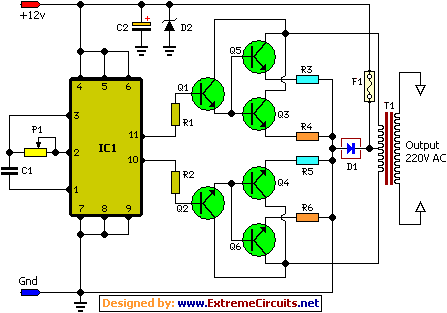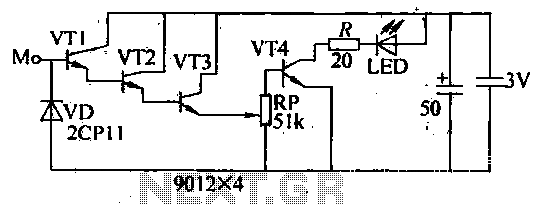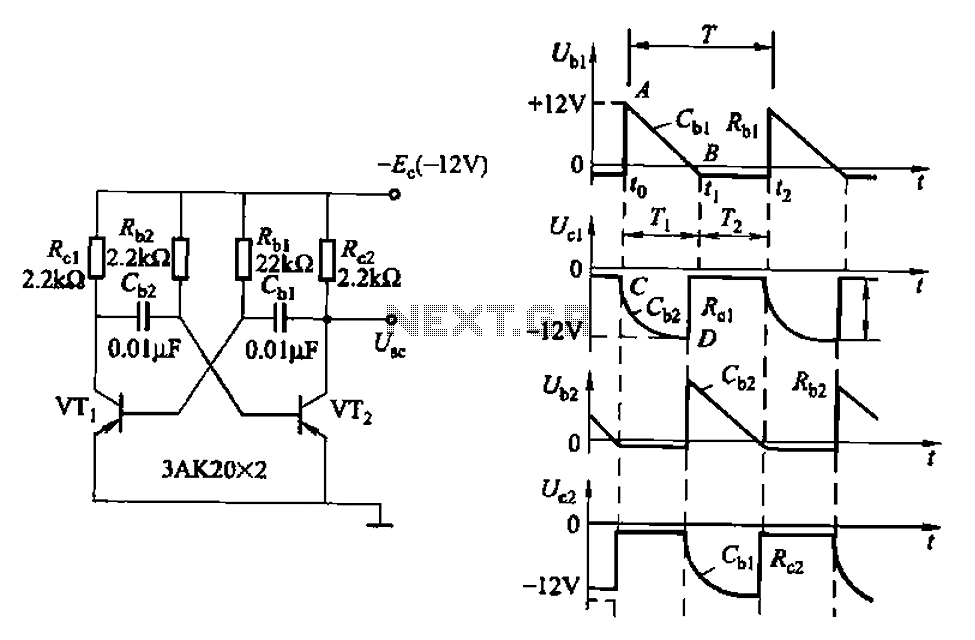
SciTech PS-3R Power Supply Circuit
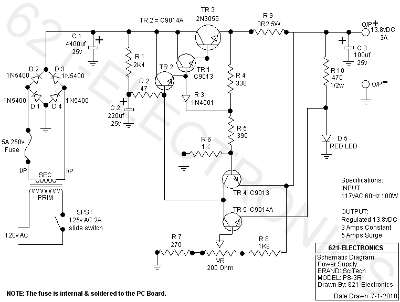
The following circuit illustrates the SciTech PS-3R Power Supply Circuit. Features include 13.8V DC output, 5 Amps surge capability, and a constant output of 3 Amps. Components include a transistor and others.
The SciTech PS-3R Power Supply Circuit is designed to provide a stable DC output of 13.8 volts, suitable for various electronic applications, particularly in powering devices that require regulated voltage. The power supply is capable of delivering a surge current of up to 5 Amps, which is beneficial for starting devices that may draw higher current momentarily. Under normal operating conditions, the circuit maintains a constant output current of 3 Amps, ensuring reliable performance for connected loads.
The circuit typically consists of a transformer, which steps down the AC voltage from the mains supply to a lower AC voltage. This AC voltage is then rectified using diodes to convert it into pulsating DC. A smoothing capacitor is used to filter the pulsating DC, providing a more stable output. The inclusion of a voltage regulator ensures that the output remains steady at 13.8V, even when the load varies.
Transistors within the circuit may be utilized for switching and amplification purposes, depending on the specific design requirements. Additional components such as resistors, capacitors, and possibly inductors may also be included to enhance performance, improve stability, and filter out noise.
Overall, the SciTech PS-3R Power Supply Circuit is engineered to deliver reliable power with specific features tailored for efficient operation in various electronic applications.The following circuit shows about SciTech PS-3R Power Supply Circuit. Features: 13.8vDC, 5 Amps Surge, 3 Amps Constant. Component: Transistor, .. 🔗 External reference
The SciTech PS-3R Power Supply Circuit is designed to provide a stable DC output of 13.8 volts, suitable for various electronic applications, particularly in powering devices that require regulated voltage. The power supply is capable of delivering a surge current of up to 5 Amps, which is beneficial for starting devices that may draw higher current momentarily. Under normal operating conditions, the circuit maintains a constant output current of 3 Amps, ensuring reliable performance for connected loads.
The circuit typically consists of a transformer, which steps down the AC voltage from the mains supply to a lower AC voltage. This AC voltage is then rectified using diodes to convert it into pulsating DC. A smoothing capacitor is used to filter the pulsating DC, providing a more stable output. The inclusion of a voltage regulator ensures that the output remains steady at 13.8V, even when the load varies.
Transistors within the circuit may be utilized for switching and amplification purposes, depending on the specific design requirements. Additional components such as resistors, capacitors, and possibly inductors may also be included to enhance performance, improve stability, and filter out noise.
Overall, the SciTech PS-3R Power Supply Circuit is engineered to deliver reliable power with specific features tailored for efficient operation in various electronic applications.The following circuit shows about SciTech PS-3R Power Supply Circuit. Features: 13.8vDC, 5 Amps Surge, 3 Amps Constant. Component: Transistor, .. 🔗 External reference
